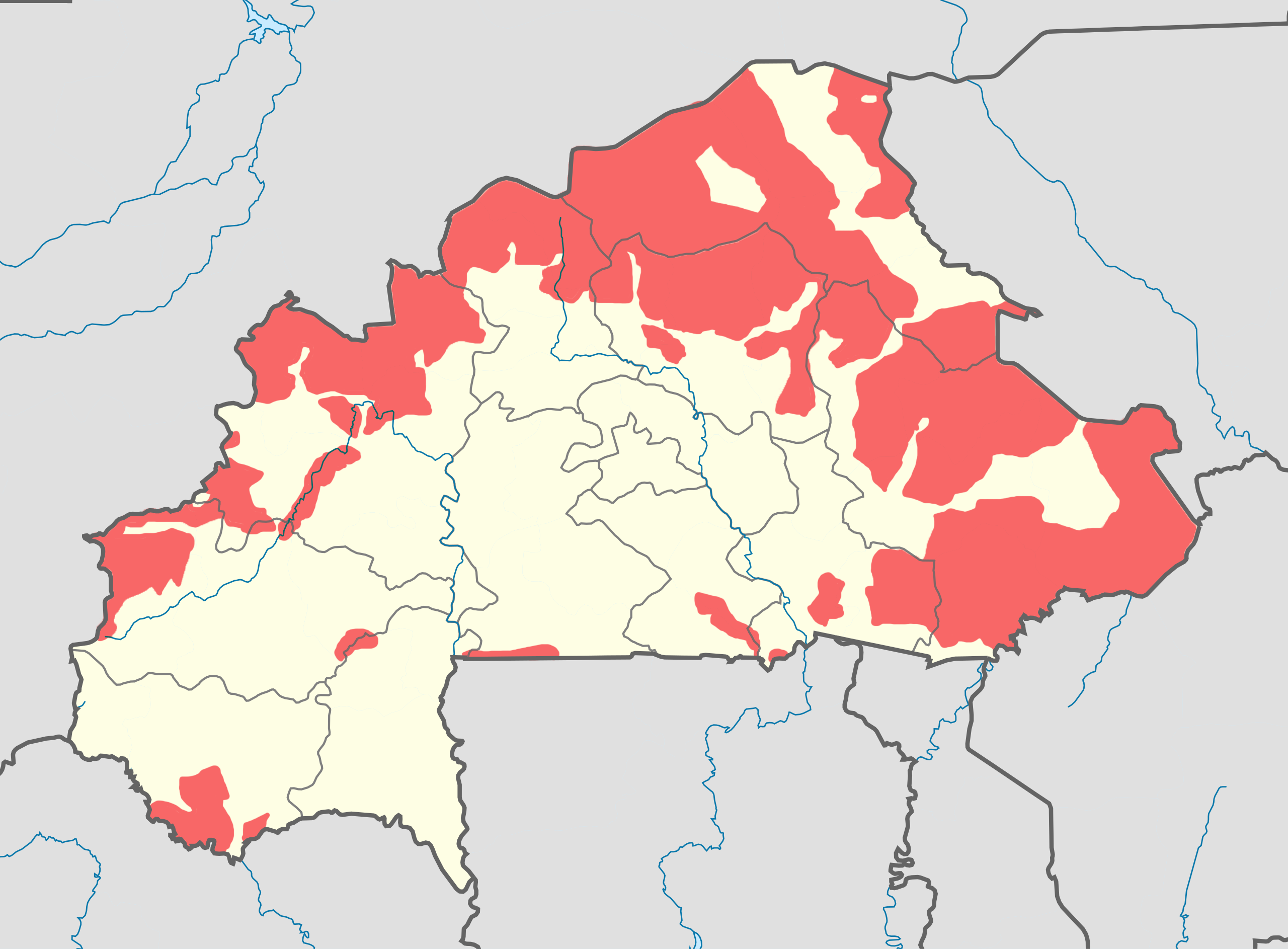Jihadist Groups Control Areas Map of Burkina Faso


David Chen
Data Visualization Specialist
David Chen is an expert in transforming complex geographic datasets into compelling visual narratives. He combines his background in computer science ...
Geographic Analysis
What This Map Shows
The map titled "Areas Controlled by Jihadist Groups in Burkina Faso" provides a stark visual representation of the territories within Burkina Faso that are influenced or directly controlled by various jihadist factions. This information is crucial for understanding the ongoing security challenges in the region, particularly as these groups have increasingly engaged in violent activities that destabilize communities and threaten national sovereignty. The map delineates the specific areas where these groups are active, highlighting regions that experience heightened violence and instability.
Deep Dive into Jihadist Groups in Burkina Faso
Burkina Faso, a landlocked country located in West Africa, has faced a significant rise in jihadist activities over the past decade. The emergence of these groups can be traced back to the broader context of regional instability, particularly the spillover effects of conflicts in neighboring Mali and Niger. The situation has escalated since 2015, leading to a complex security crisis that has resulted in thousands of deaths and the displacement of millions.
The primary jihadist groups operating in Burkina Faso include the Group for the Support of Islam and Muslims (JNIM), which is an alliance of several factions linked to Al-Qaeda, and the Islamic State in the Greater Sahara (ISGS). Both groups have exploited local grievances, such as ethnic tensions and dissatisfaction with government services, to recruit members and establish control over specific regions.
Interestingly, the areas most affected by jihadist violence are often rural and economically marginalized. For instance, the Sahel region of Burkina Faso, which includes provinces like Soum and Oudalan, has become a hotspot for attacks. Here, jihadist groups have targeted military installations, local leaders, and even civilians, creating a pervasive climate of fear.
What's fascinating is that the influence of these groups extends beyond mere territorial control. They often provide some forms of governance, such as justice and taxation, which can appeal to local populations disillusioned with the state's inability to maintain order. This dynamic complicates the response from the Burkinabé government and international partners, as military solutions alone may not address the underlying issues.
Data from various reports indicate that the number of jihadist attacks has surged, with over 1,000 incidents reported in 2020 alone. The resulting humanitarian crisis has led to more than 1.5 million people being internally displaced, significantly impacting local economies and social structures. These statistics underscore the urgent need for comprehensive strategies that address both security and development to stabilize the region.
Regional Analysis
Examining the map reveals distinct regional patterns regarding jihadist control in Burkina Faso. The northern regions, particularly the Sahel area, are most affected, primarily due to their proximity to the porous borders with Mali and Niger. The province of Soum, for example, has seen a dramatic increase in insurgent activity, making it one of the most dangerous areas in the country.
In contrast, the southern regions, while not entirely free from jihadist influence, experience fewer attacks and a stronger presence of government authority. This divide highlights the complexities of governance and security in Burkina Faso, where local dynamics can greatly influence the effectiveness of state institutions. Moreover, areas like the capital city, Ouagadougou, have remained relatively secure compared to the northern provinces, partly due to more robust security measures and international support.
Interestingly, the ethnic composition of these regions also plays a critical role. Many jihadist groups exploit ethnic grievances, particularly among the Fulani herders and other communities. This manipulation of local identities has led to increased tensions between communities, further complicating the security landscape.
Significance and Impact
Understanding the areas controlled by jihadist groups in Burkina Faso is not just about mapping violence; it is about recognizing the broader implications for regional stability, governance, and humanitarian conditions. The rise of these groups poses significant challenges to Burkina Faso's government, which struggles to maintain control and provide basic services to its citizens. As international attention shifts toward counterterrorism efforts, it is crucial to consider the socio-economic factors that fuel this conflict.
The implications of this situation extend beyond Burkina Faso's borders, affecting regional security in West Africa. Neighboring countries like Mali and Niger are similarly grappling with jihadist threats, and the interconnected nature of these conflicts suggests that a regional approach is necessary for effective resolution. Moreover, as the humanitarian crisis deepens, the international community faces pressing questions about how to assist affected populations while addressing the root causes of extremism.
In conclusion, the map of areas controlled by jihadist groups in Burkina Faso serves as a critical reminder of the complex challenges facing the region. With millions of lives impacted, understanding these dynamics is essential for crafting informed policies that not only combat terrorism but also promote sustainable development and peace. As the situation evolves, it remains to be seen how local and international actors will respond to these pressing challenges in the fight against extremism.
Visualization Details
- Published
- August 18, 2025
- Views
- 158
Comments
Loading comments...